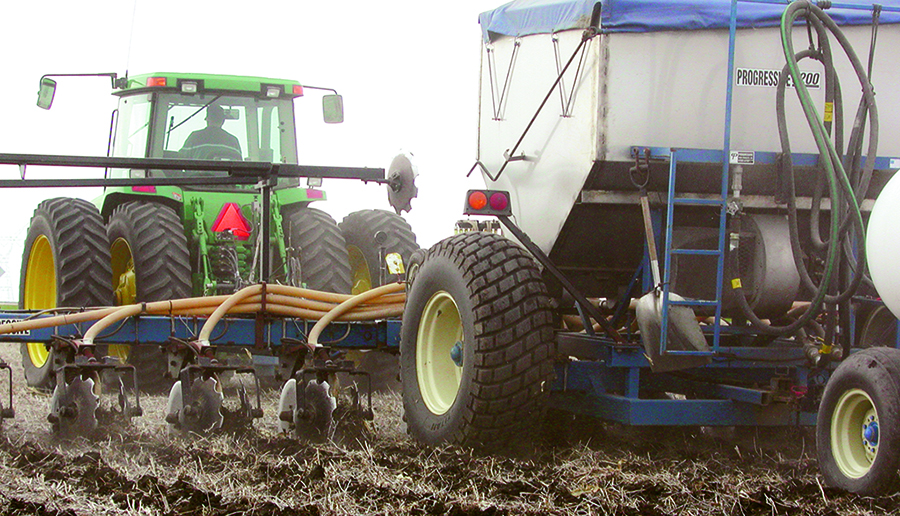No-Till Farmer
Get full access NOW to the most comprehensive, powerful and easy-to-use online resource for no-tillage practices. Just one good idea will pay for your subscription hundreds of times over.

Strip-till remains an up-and-coming management practice being used by more growers each season. But because it’s a new technique for many producers — and one that requires a high degree of management — it’s easy to make mistakes.
Many growers want to make the change to strip-till quickly and easily. However, transitioning requires upfront research to fully understand the practice and determine how quickly your objectives can be met.
The editors of No-Till Farmer recently asked a number of strip-tillage equipment manufacturers to share their experiences on what producers do wrong when first adopting strip-tillage into their operation. We identified several key mistakes, and share their opinions on how to correct them — or avoid them altogether.
Growers need to understand that strip-till equipment is unique in the fact it may function flawlessly in mellow soils that break and crumble in textbook fashion. In other conditions, the strip-till unit may need to function as a primary tillage tool operating in hard, compacted soils that are wet, rock and stone infested, and are nearly impossible to break into manageable pieces, says Gary Wallander, product support coordinator for Brillion Farm Equipment.
Add 200-bushel-plus corn residue or 60-bushel bean residue and things get very interesting.
“It’s situations like this that beg strip-tillers to set their expectation level where they are comfortable,” Wallander says. “In most cases, there is not a generic strip-till machine that will work in all conditions all of the time.”
Vince…